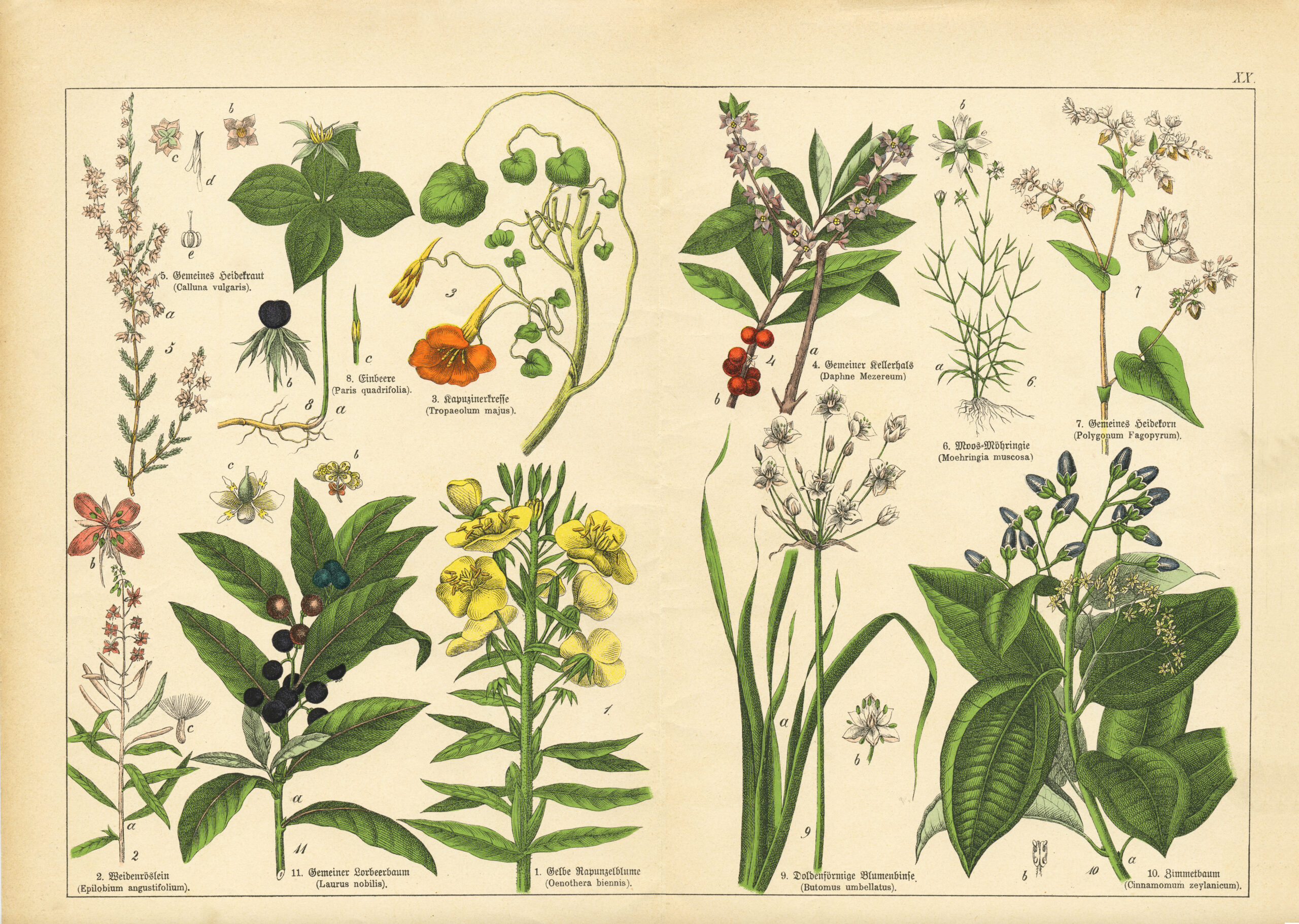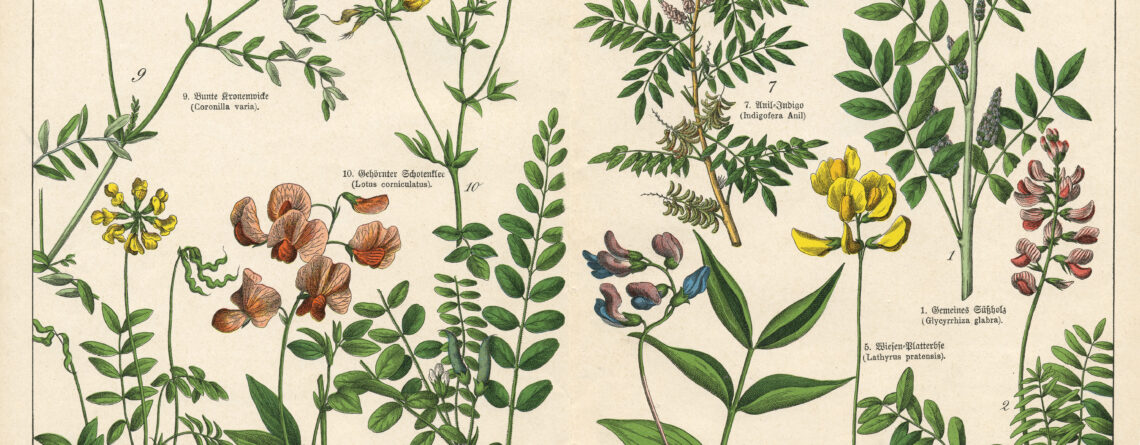The Importance of Botanical Names
While reading a plant tag, you may have overlooked or ignored those little words in Latin under the familiar name of your plant. You may not know it, but those words give the scientific, “botanical” name of the plant. Every known species of plant has been assigned a unique, identifying name which is recognized by scientists around the world.
The naming of plants is a serious business and is governed by rules established by the International Code of Nomenclature for algae, fungi, and plants (ICBN). https://www.iaptglobal.org/icn

Botanical names are expressed in Latin, using a two-name system first established by naturalist Carolus Linnaeus in 1753. By convention, the name is printed in italics. The first word in the name indicates the genus, the general plant group to which the plant belongs. The second word, referred to as the “specific epithet,” is a descriptive term that distinguishes that plant from all others in the genus.
Together, these two terms name the plant species. Any words that follow the specific epithet will indicate if that plant is a variety or cultivar of the original species. Cultivar names are not given in Latin, and are set off in single quotes and capitalized, but not italicized. For example, the botanical name for the native Purple Coneflower is Echinacea purpurea. A popular variety of this species is named ‘Magnus,’ so its scientific name is written Echinacea purpura ‘Magnus.’

One reason to use botanical names is to avoid confusion that can occur when using common names. The term “spider lily” can refer to at least three distinct species of lily in Texas, including Lycoris radiata (Red Spider Lily), Hymenocallis liriosme (Texas Spider Lily), and Hymenocallis occidentalis (Northern Spider Lily). On the other hand, the Texas Red Oak (Quercus texana) goes by the names Spanish Oak, Spotted Oak, and Rock Oak. Knowing the botanical name can ensure you get the plant you want.
A second reason to learn scientific names is for the fun of it. Latin names can give clues to the nature and history of a plant. In the case of Echinacea purpurea, the word Echinacea is derived from the Greek word for hedgehog and sea urchin, while purpurea means purple. The Latin name for Common Yarrow, Achillea millefolium, is named after Greek hero Achilles, who is said to have used this herb on the battlefield, and Salvia farinacea ‘Henry Duelberg’ is a salvia named
from a grave marker in a rural Central Texas cemetery where it was found growing.
For more detailed information about how plants are classified and named, see:
https://mastergardener.extension.wisc.edu/…/plantnames.pdf












